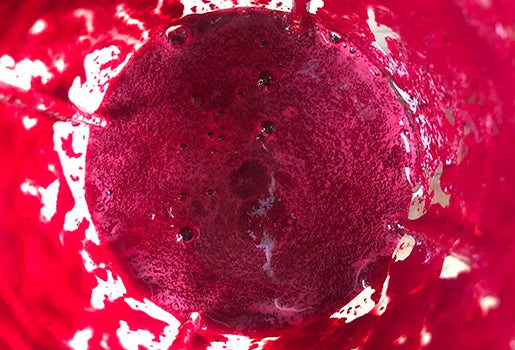What You Need to Know About Oils Before Buying Another Body Oil-Part II

Making the shift to botanical oils for your skincare regiment requires a solid appreciation for what these botanicals offer and do. It doesn't suffice to jump on the bandwagon because there are too many oils or products with oils posing as healthy when they are actually not. It would be an unfair experience for you to try an oil that does nothing for you!
In my last blog post, Part One of this piece, I talked about what makes oils ineffective. I really hope you check it out before considering a body oil, or any skincare product for that matter.
So what makes an oil good for your skin? Is it really, actually nourishing and effective?
Bare with me as we go through some basic chemistry--I won't lose you, I promise. It's just important so you truly get it: So oils are made up of different types of fatty acids. Each fatty acid is made of a carbon and hydrogen chain. That chain can sometimes be a simple chain of only hydrogen and carbon in which case it's known as "saturated". Other times, that chain is interrupted by a carbon double bond in which case it's "unsaturated". When there is just one double bond, it's "monounsaturated". If there are many double bonds, "it's "poly...". Some chains are long, some are short. The length determines it's physical structure and how it's absorbed into your skin.
Each fatty acid has a name and a function based on its size and amount of carbon bonds. Some fatty acids such as alpha-linolenic acid aka the well known omega-3, helps relieve itching, redness, protective, and easily penetrable. There are several more fatty acids. Imagine what they do. Some such as gamma-linolenic acid helps maintain moisture levels and supports the barrier function of your skin. I love this fatty acid and it can be found in my Therapeutic Lip Cream.
Oils are made up of multiple types of fatty acids. Remember when people were saying that coconut oil is bad for you because it's a saturated fat? Well, that's simply not true because oils are never purely one kind of fatty acid. They are a combination of fatty acids. That's why when I make my body oils, I use many different oils as each oil is a unique composition of fatty acids.
Oils are also made up of a non-lipid component. And this is where the medicinal benefits are found. Here is where you'll find the vitamins, antioxidants, tannins, sterols that benefit us internally and EXTERNALLY.
But, how the plant (seeds/nuts) is grown, stored and processed will determine its quality and effectiveness. Punto.
How the plant is grown:
Is the plant from which the oil was extracted grown on poor soil sustained by artificial fertilizers, genetic modification and toxic pesticides that penetrate the plant via leaves and via soil?
How the harvested plant is stored:
Was the plant stored in a cool dry place so as to not be affected by light and oxidation which deteriorates vitamins?
How the plant is processed:
Were the seeds/nuts highly refined as most oils are (see Part One of this piece)? Or was it a cold process extraction where no heat is used and the integrity of the oils is intact?
These are questions to consider when purchasing an oil for both consumption and topical use. If and when the oils are obtained from organic/ biodynamic farming practices, stored properly and cold pressed or lightly refined, then you can heal your skin problems with oil! There is no reason to use anything else. But the beauty industry will tell you otherwise because their profit margin is HUGE when they can sell an illusion wrapped in ribbon.
Question, question, question. It's your health!
1 Response
Leave a comment
Comments will be approved before showing up.




qacvjtrohm
March 11, 2021
Muchas gracias. ?Como puedo iniciar sesion?